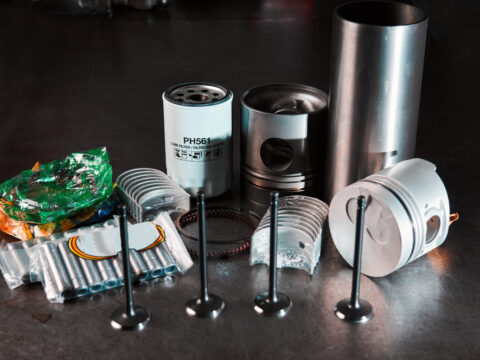Electric cars are quickly becoming a staple of modern transportation, thanks to continuous advancements in technology and design. This article explores 15 innovative designs that are making electric cars more efficient than ever. From cutting-edge battery technology to aerodynamic improvements, these innovations are not only enhancing performance but also contributing to a greener future. Discover how these breakthrough designs are setting new standards in the electric vehicle industry.
Contents
Aerodynamic Body Shapes

Sleeker designs reduce drag, which increases the range and performance of electric cars. By optimizing the vehicle’s shape, manufacturers can minimize air resistance, leading to less energy required to maintain speed. Advanced computational fluid dynamics (CFD) tools are used to refine these designs, resulting in cars that not only look futuristic but also achieve superior efficiency.
Lightweight Materials
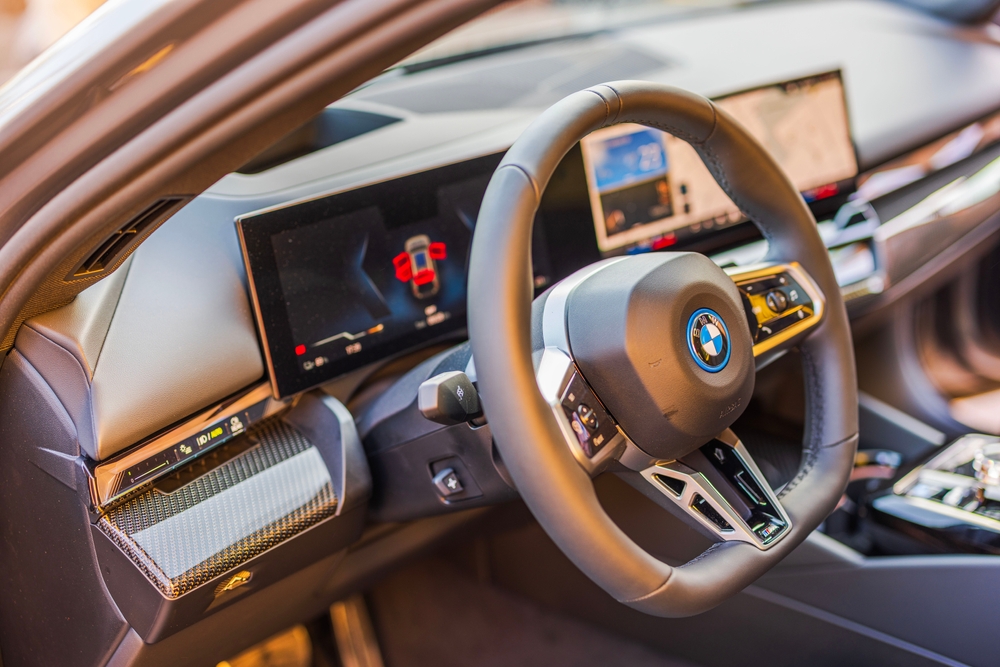
The use of carbon fiber and aluminum significantly reduces the weight of electric vehicles. Lighter cars require less energy to move, enhancing their overall efficiency and performance. These materials offer high strength-to-weight ratios, ensuring safety and durability while improving the car’s acceleration and range.
Regenerative Braking Systems
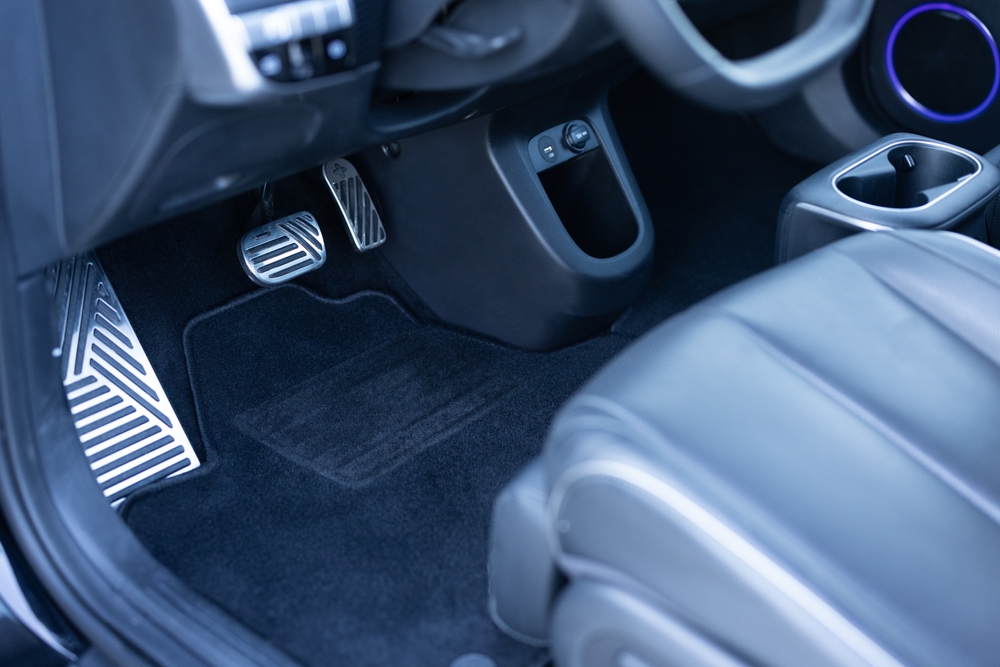
Regenerative braking systems capture and convert braking energy back into electricity, which is then stored in the battery. This process reduces energy waste and enhances the vehicle’s efficiency by extending the range. It also decreases wear on traditional braking components, leading to lower maintenance costs.
Advanced Battery Management Systems
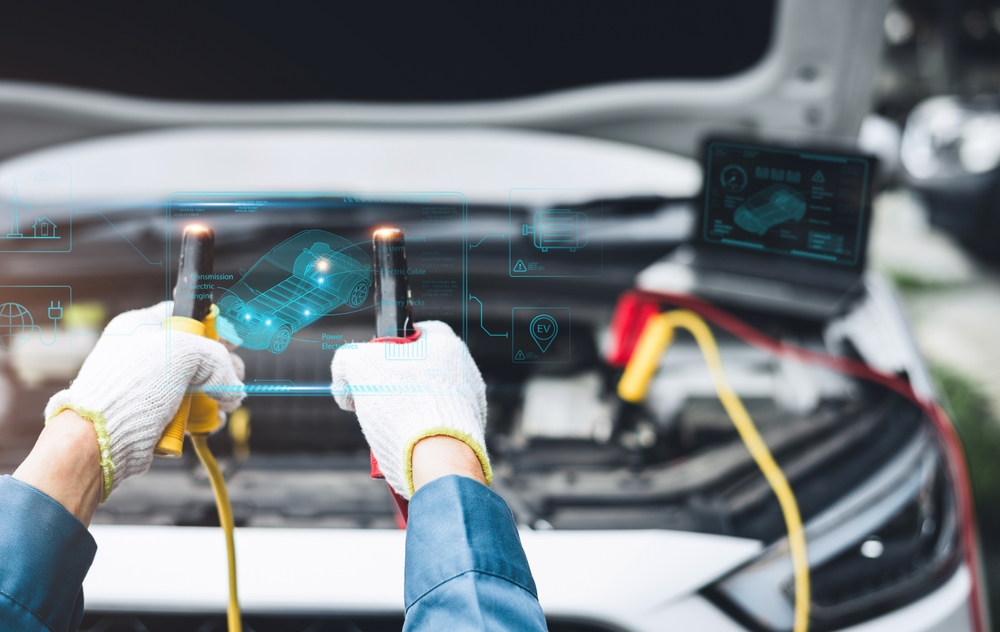
Advanced Battery Management Systems (BMS) optimize battery performance and longevity by monitoring and managing the charge and discharge cycles. These systems ensure that each battery cell operates within safe limits, balancing the load and temperature to prevent overheating and extend battery life.
Solid-State Batteries

Solid-state batteries offer higher energy density and faster charging times compared to traditional lithium-ion batteries. They use a solid electrolyte, which increases safety by reducing the risk of leaks and fires. These batteries can store more energy in a smaller space, making electric cars lighter and more efficient.
Active Aerodynamics
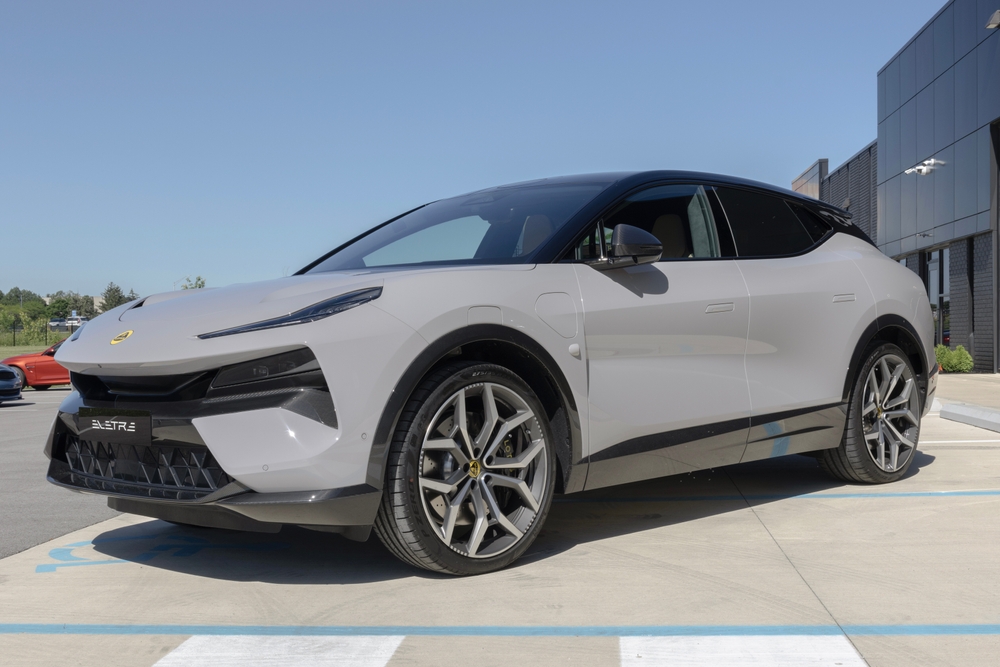
Active aerodynamics involves adjustable components, such as spoilers and air intakes, that improve airflow based on speed. These features dynamically optimize the vehicle’s drag coefficient, enhancing efficiency during different driving conditions. This technology helps maintain optimal performance and energy consumption.
Integrated Solar Panels
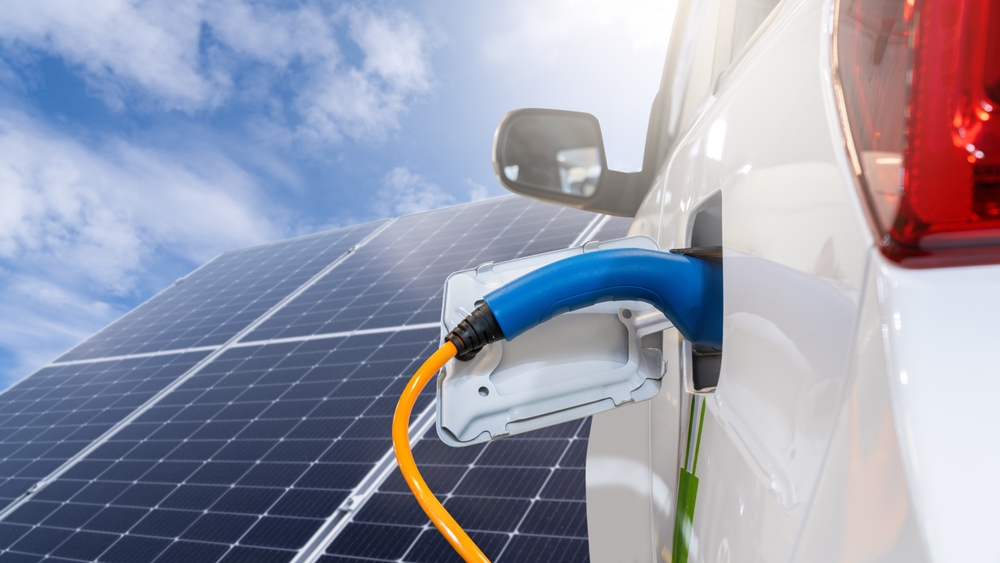
Integrated solar panels generate additional power to extend the range of electric cars. These panels convert sunlight into electricity, which can be used to charge the battery or power auxiliary systems. This feature is particularly useful in sunny regions, providing a renewable energy source that reduces dependency on charging stations.
Thermal Management Systems
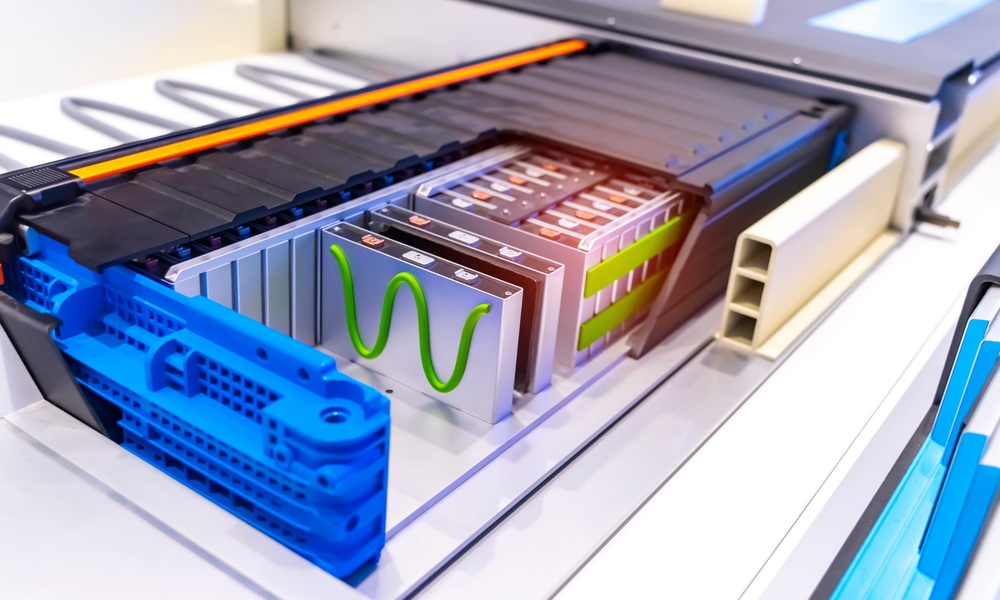
Efficient thermal management systems are crucial for maintaining optimal battery temperature. These systems use advanced cooling and heating technologies to prevent batteries from overheating or freezing, ensuring consistent performance and longevity. Proper thermal management improves the vehicle’s reliability and efficiency.
High-Efficiency Electric Motors
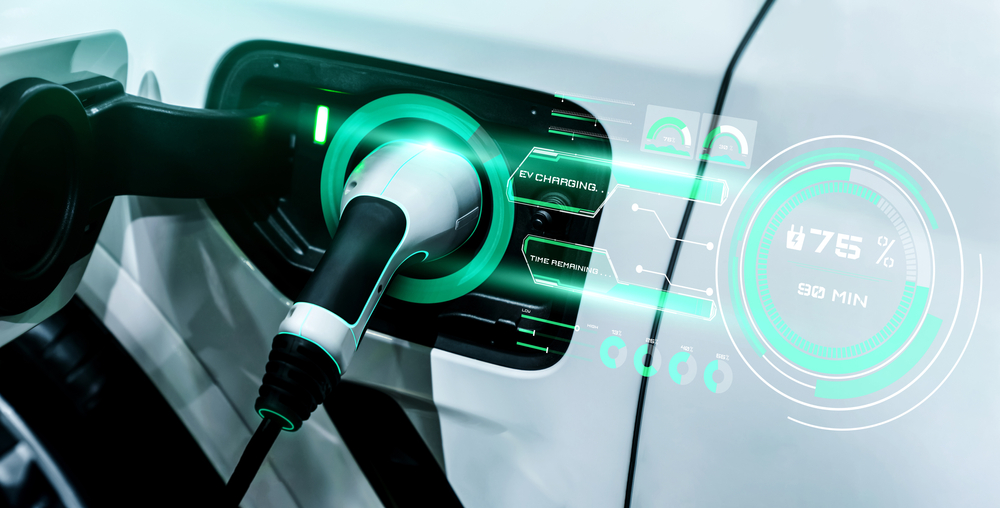
High-efficiency electric motors are designed to deliver more power with less energy. Innovations in motor design, such as improved magnetic materials and optimized winding techniques, reduce energy losses and enhance performance. These motors contribute to better acceleration, increased range, and overall vehicle efficiency.
Smart Energy Routing
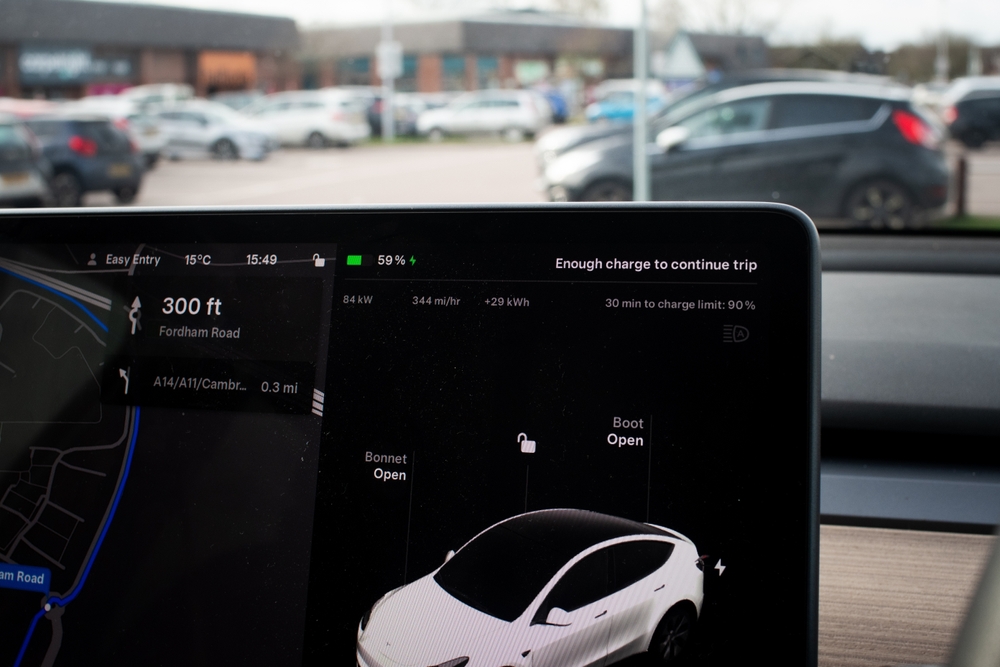
Smart energy routing directs power where it’s needed most for optimal efficiency. Advanced algorithms manage energy distribution between the battery, motor, and other systems, ensuring that power is used efficiently. This technology helps maximize the vehicle’s performance and extend its range.
Wireless Charging
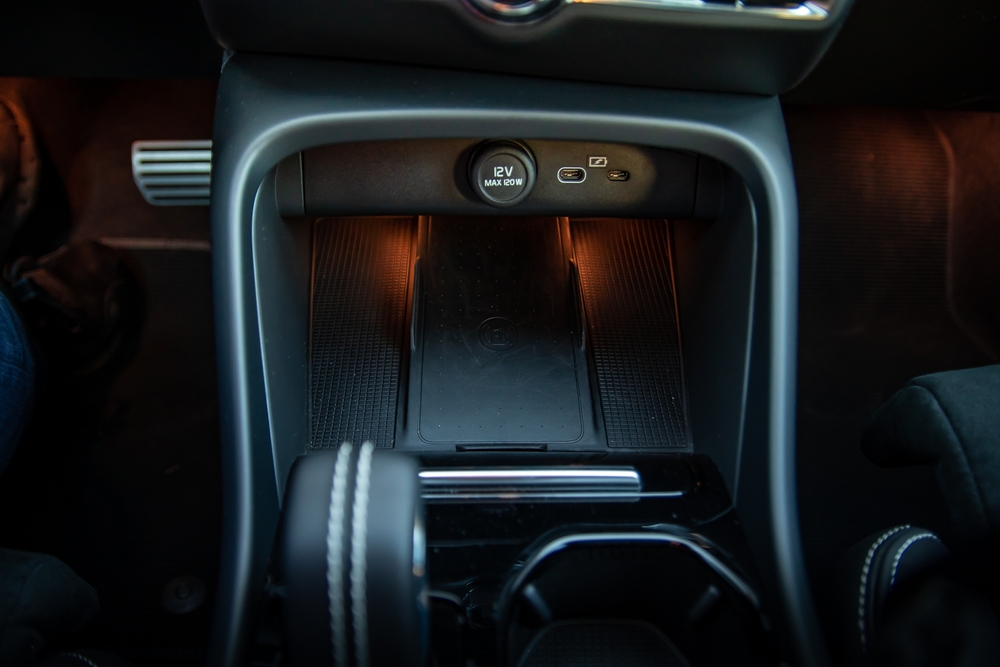
Wireless charging offers convenient and efficient methods to reduce energy loss. Inductive charging pads allow vehicles to charge without physical connectors, making the process more user-friendly and reducing wear on charging ports. This technology also enables dynamic charging, where cars can charge while driving over specially equipped roads.
Vehicle-to-Grid (V2G) Technology
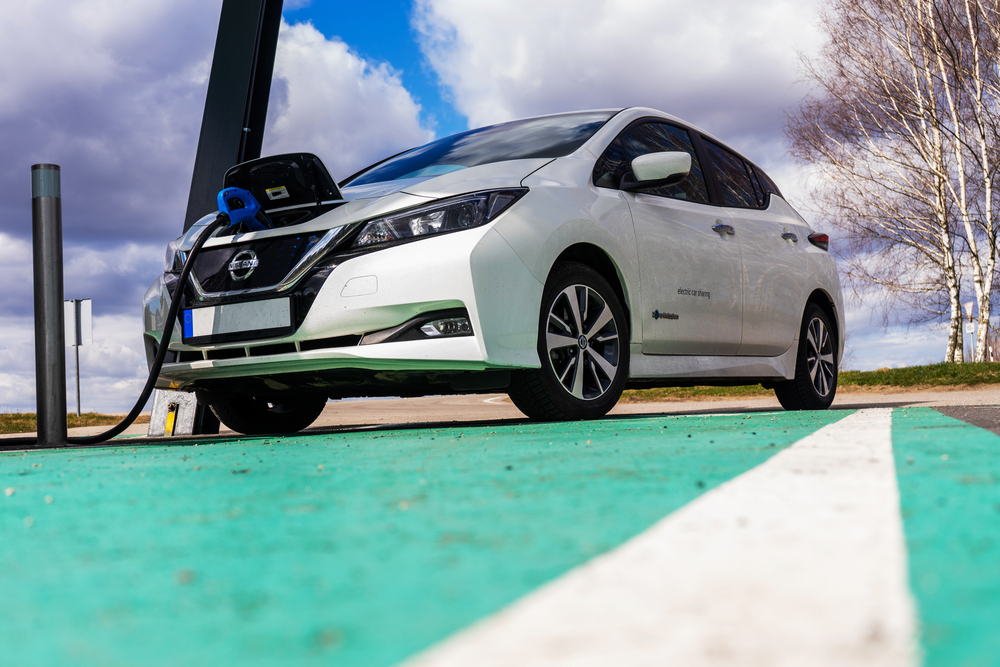
Vehicle-to-Grid (V2G) technology allows electric cars to return power to the grid, improving overall energy efficiency. This system enables cars to act as mobile energy storage units, providing electricity during peak demand periods. V2G technology supports grid stability and can generate revenue for car owners.
Modular Battery Packs
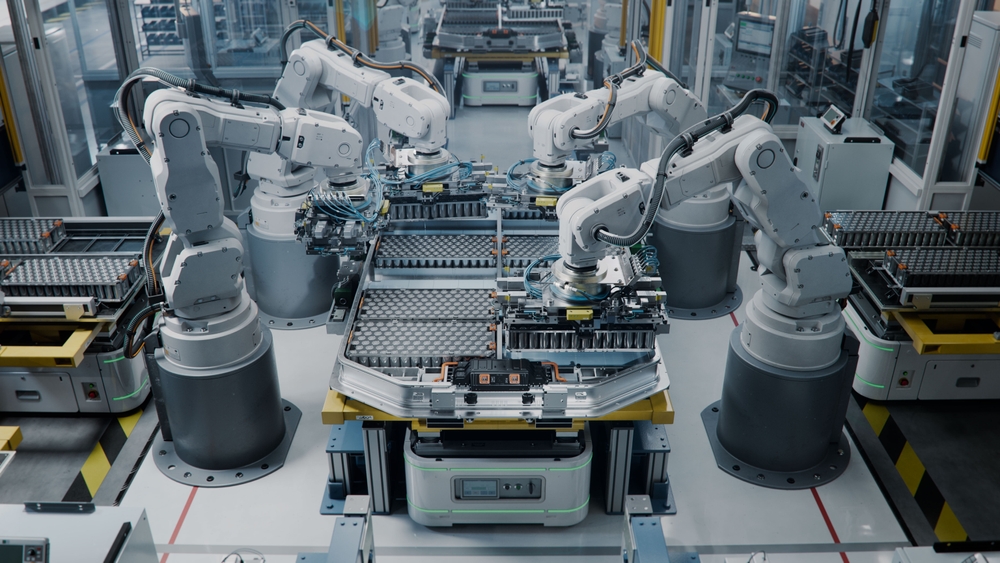
Modular battery packs are swappable and upgradable, extending the vehicle’s life. These packs allow for easy replacement of individual battery modules, ensuring that the entire battery doesn’t need to be replaced if one cell fails. Modular designs also enable capacity upgrades, keeping the car up-to-date with the latest technology.
Low Rolling Resistance Tires
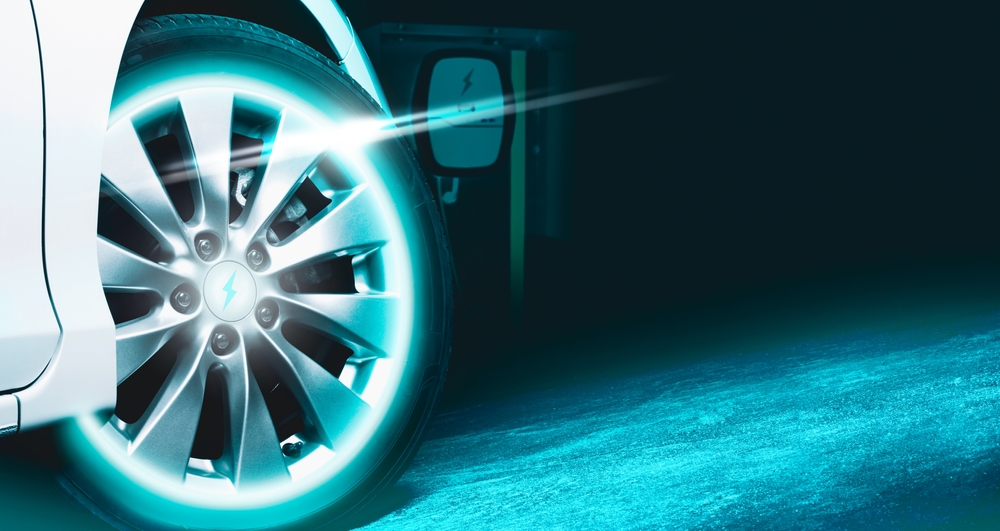
Low rolling resistance tires reduce energy loss due to tire deformation. These tires are designed with special materials and tread patterns that minimize friction with the road, improving fuel efficiency. They contribute to a smoother ride and extended range for electric vehicles.
Intelligent Drive Systems
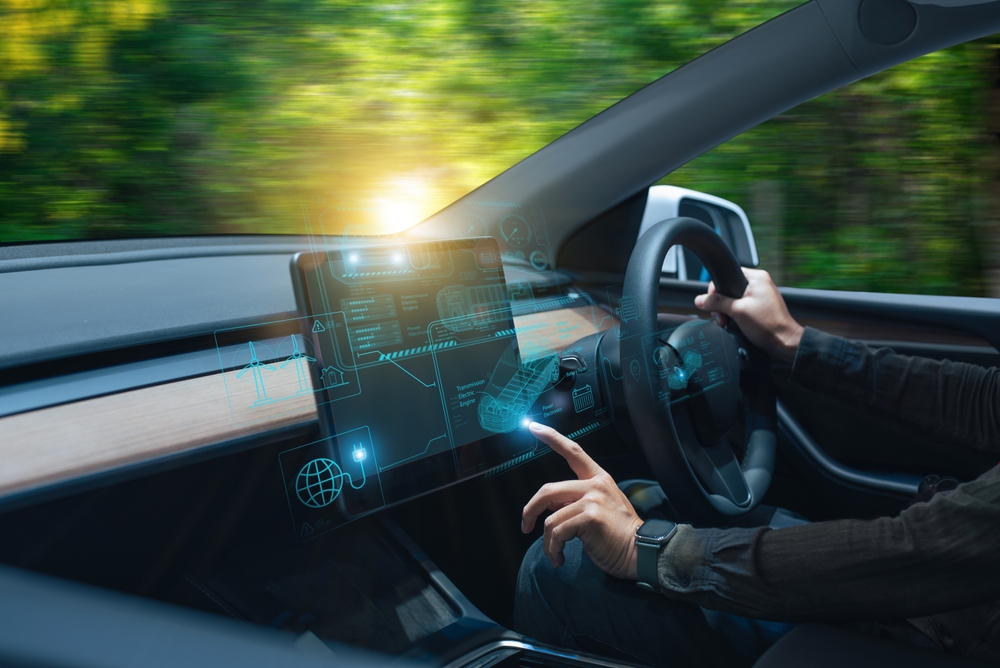
Intelligent drive systems use adaptive algorithms to optimize driving efficiency based on conditions. These systems analyze data from sensors and adjust power delivery, throttle response, and braking to maximize efficiency. They help drivers maintain optimal energy usage and extend the vehicle’s range.
This article originally appeared in MyCarMakesNoise.
More from MyCarMakesNoise
20 Sleekest Modern Sports Cars on the Market

If you’re a car enthusiast or just love the thrill of high-speed performance, you’ll appreciate our list of the 20 sleekest modern sports cars on the market. These cars combine cutting-edge technology, breathtaking design, and powerful engines to deliver an unparalleled driving experience. Read More
10 Unpopular Vintage Plymouth Cars

intage Plymouth cars often evoke images of classic muscle and charismatic design, particularly models like the Barracuda and GTX. However, not all Plymouths have enjoyed such fond recollections. Read More
25 Most Expensive Cars in the World

Embarking on a journey through the echelons of automotive luxury and performance, we delve into an exclusive realm where cars transcend ordinary functionality to become benchmarks of engineering excellence and opulence. Read More



